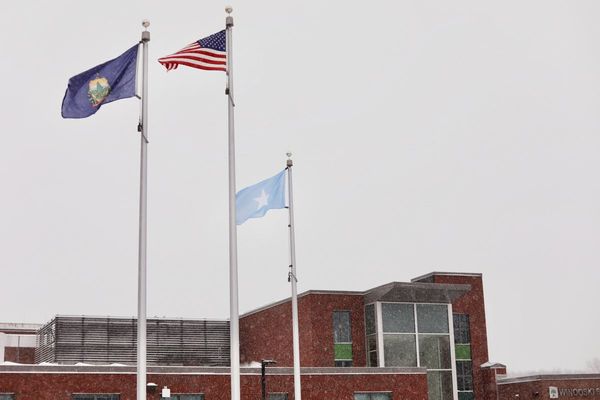
On Indonesian social media, I sometimes see snide remarks like “communist Chinese,” referring to Indonesia’s ethnic Chinese community. In school, I was taught a simple narrative: that there were bad guys, communists, and good guys, the government.
These comments are not the only reminders of Indonesia’s anti-communism campaign in the mid-1960s, backed by the United States, which is estimated to have killed around one million civilians. An American-owned company, Freeport-McMoRan, earns billions of dollars extracting gold and copper in Indonesia’s Papua region. They acquired the permission to conduct business in 1967 soon after Indonesia's second president, Suharto, took power on the heels of the massacre.
Vincent Bevins, a former foreign correspondent for The Washington Post, attempts to prove in his new book The Jakarta Method, that “the brutal extermination of unarmed leftists was a fundamental part of Washington’s final triumph in the Cold War.” Through extensive research, he launches an investigation into how the violence that took place in Brazil, Indonesia, and 20 other countries was “not accidental, or incidental to the main events of world history.”
Bevins, who was based in Jakarta, paid special attention to the legacy of Indonesia’s 1965 massacre when he covered Southeast Asia for The Post between 2017 and 2018. For the book, he traveled to 12 countries and spoke with over a hundred people in English, Indonesian, Portuguese, and Spanish. He also went through archives in those four languages and consulted with various historians.

One of the interviewees, Sakono Praptoyugono, born to farmer parents in Indonesia’s Purbalingga Regency, tells us why communism became popular during the early years after the country declared independence in 1945. A history of injustice and exploitation, along with hundreds of years of colonialism, provided fertile soil for communist ideas.
Indonesia’s president at the time, Sukarno, was not a communist, but he allowed the Communist Party of Indonesia (PKI) to operate openly. But the September 30th Movement in 1965, also known as G30S, changed the young nation’s course. Six Indonesian Army generals were assassinated in a failed coup attempt.
We still have no clear answer as to who planned the movement and what the real motive was. Some Indonesians believe it was simply a power struggle within the army, but the PKI was blamed for the coup attempt.
In the months following the G30S, more than a million people were sent to concentration camps. Bevins writes that there are “tens of millions of victims or relatives of victims still alive in Indonesia” – in conditions of poverty and social isolation – who are also deemed guilty by association and stigmatized.
The PKI then lost its influence, in part due to Washington’s support for the new president, Suharto. The PKI was the world’s largest after the Soviet Union and China before it was disbanded in 1966. Its ideology remains banned in the country to this day.
“U.S. officials were in close contact with the military, making it clear to them that direct assistance could resume if the PKI were destroyed, Sukarno was removed, and attacks on U.S. investments halted,” Bevins wrote.

An international affair
According to Bevins, Beijing at the time had neither the ability nor the intention to interfere. Meanwhile, across the strait, Taiwan “had long been home to active anti-communist crusaders” under Chiang Kai-shek’s rule. He added that Chiang’s government had “paid close attention to the massacre” in Indonesia and sponsored attacks on the Chinese embassy in Jakarta in order to weaken both President Sukarno and Mao Zedong’s regime.
The Indonesian massacre was replicated in South America in 1971 as Brazil’s government partnered with right-wing forces in Chile under “The Jakarta Operation” with the intention to crush its own communist movement.
The Jakarta Method could have focused more specifically on the U.S.’s intervention in Indonesia’s anti-communist campaign, instead of drawing parallels to Latin America, to keep the subjec tight. But the book’s most important achievement is in explaining how Washington’s policies from more than 50 years ago shape the world we live in today.
Borrowing the author’s words, “most people know very little about Indonesia, and almost nothing about what happened in 1965-66 in that archipelago nation.” His book retells one of Indonesia’s most significant yet controversial chapters in history, holding Washington accountable for one of its worst atrocities.
READ NEXT: Can We Pray Away the Coronavirus in Indonesia?
Editor: Daphne K. Lee, Nicholas Haggerty (@thenewslensintl)
If you enjoyed this article and want to receive more story updates in your news feed, please be sure to follow our Facebook.







